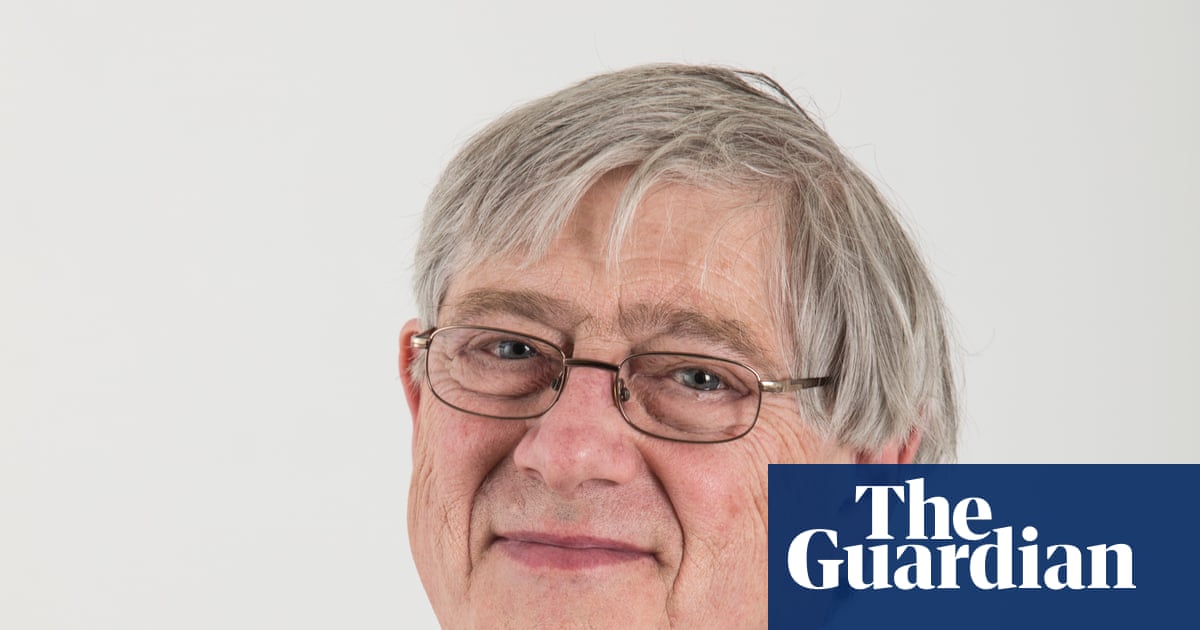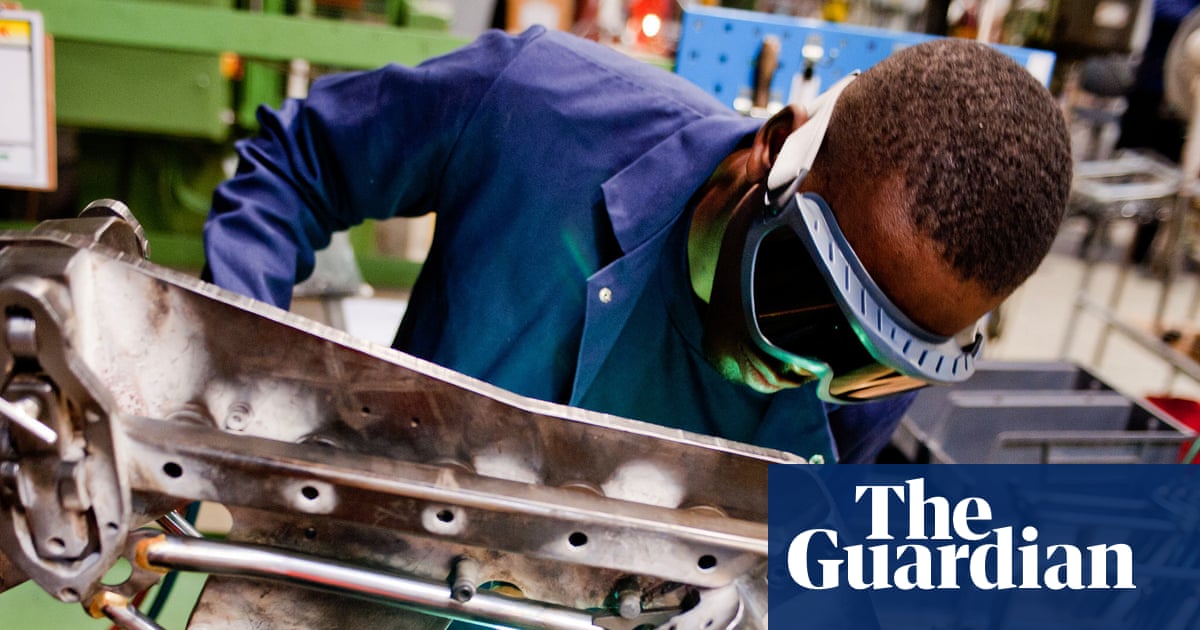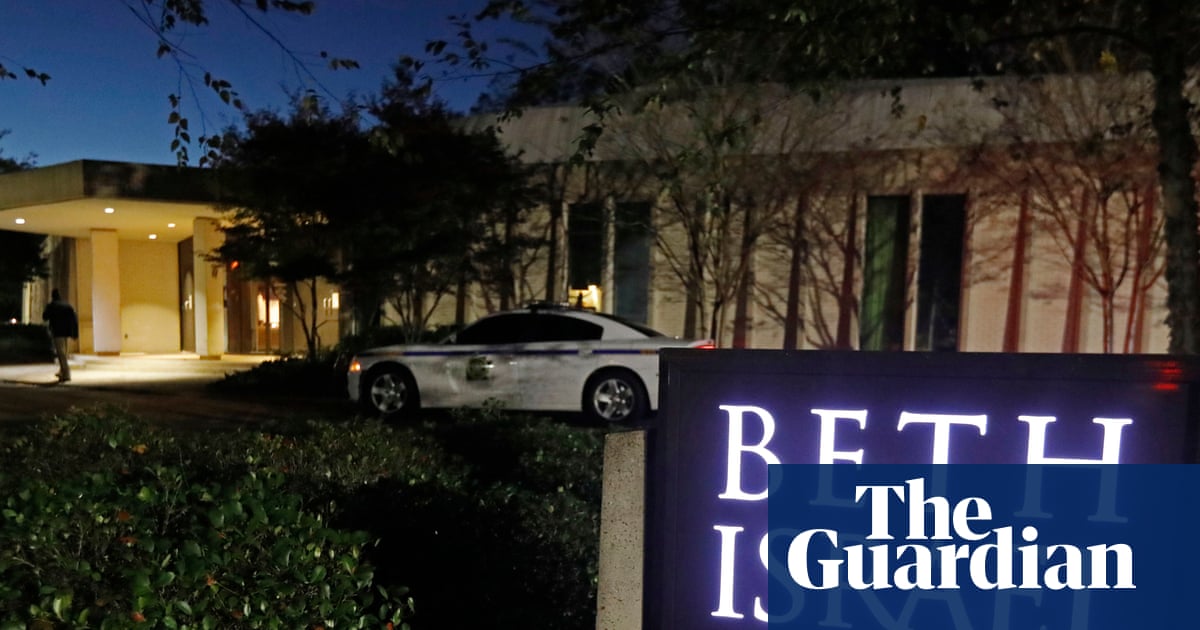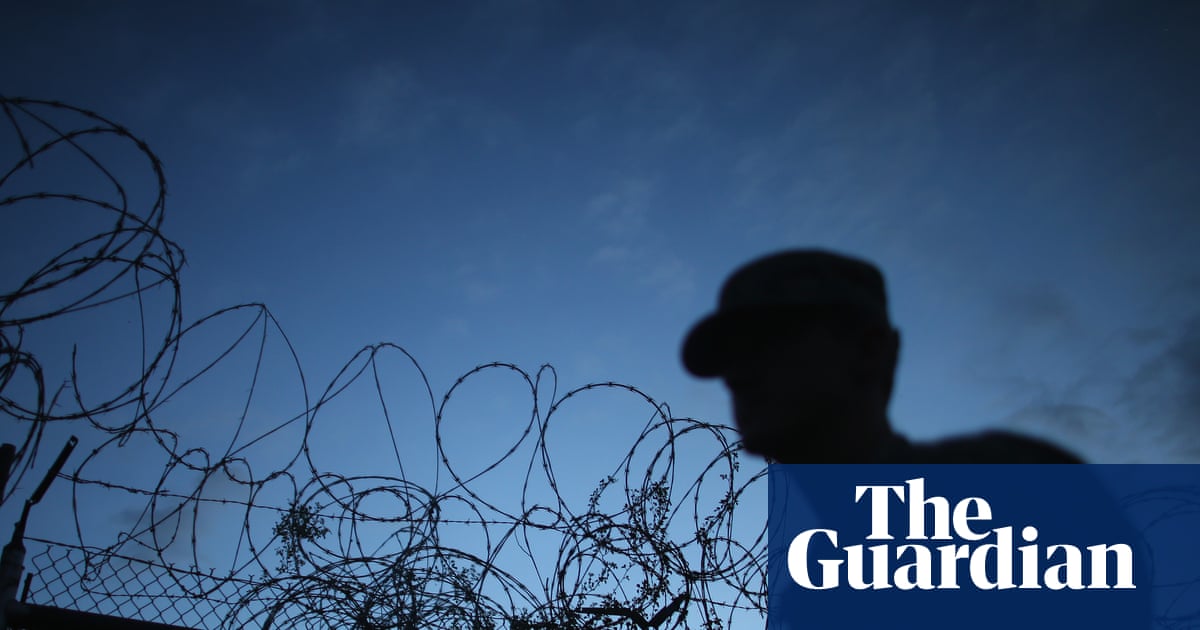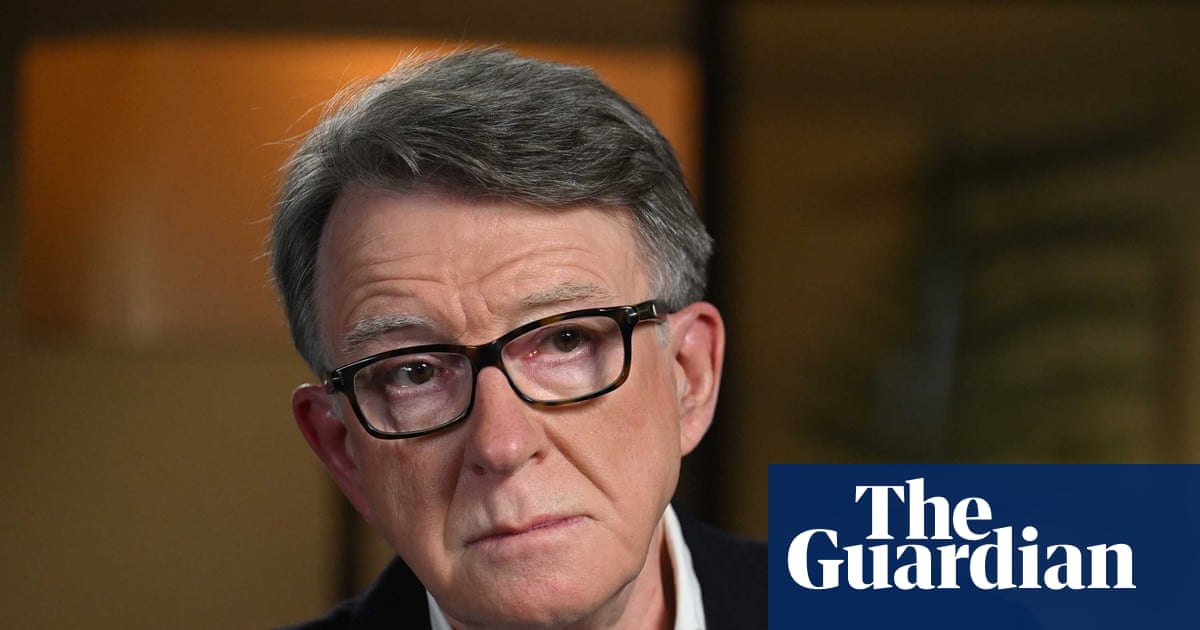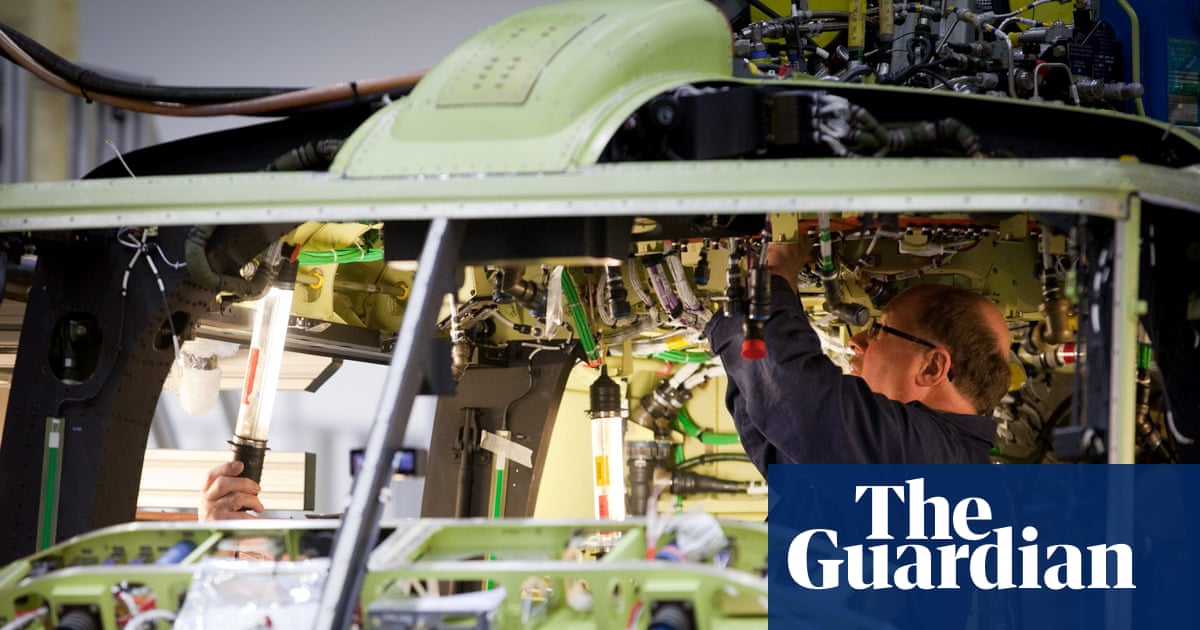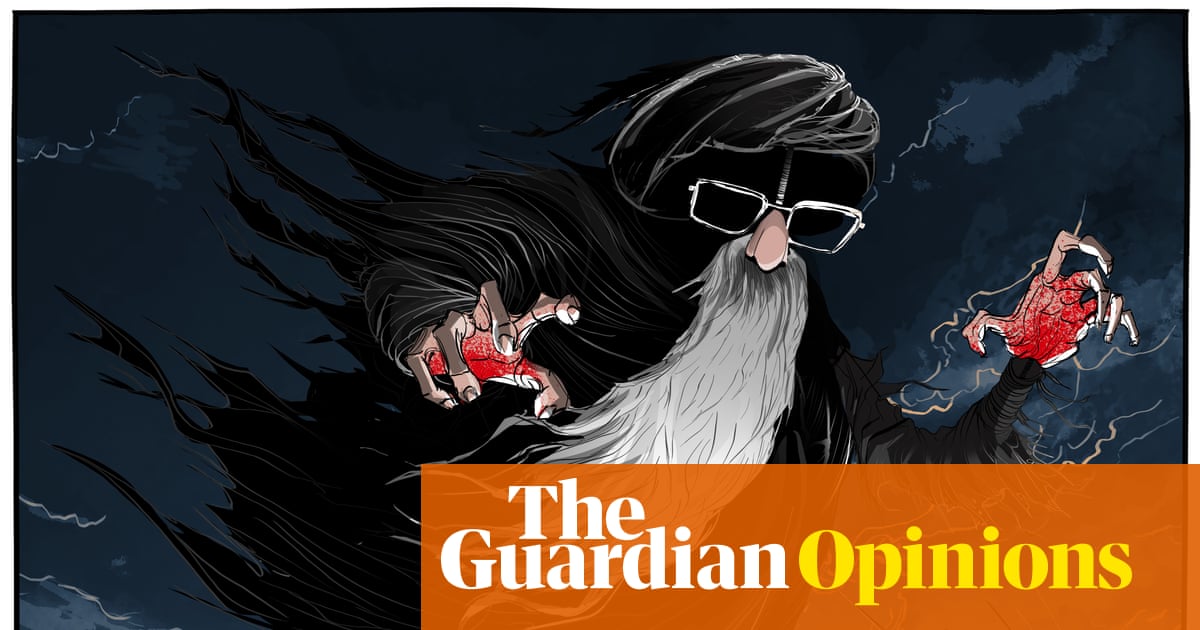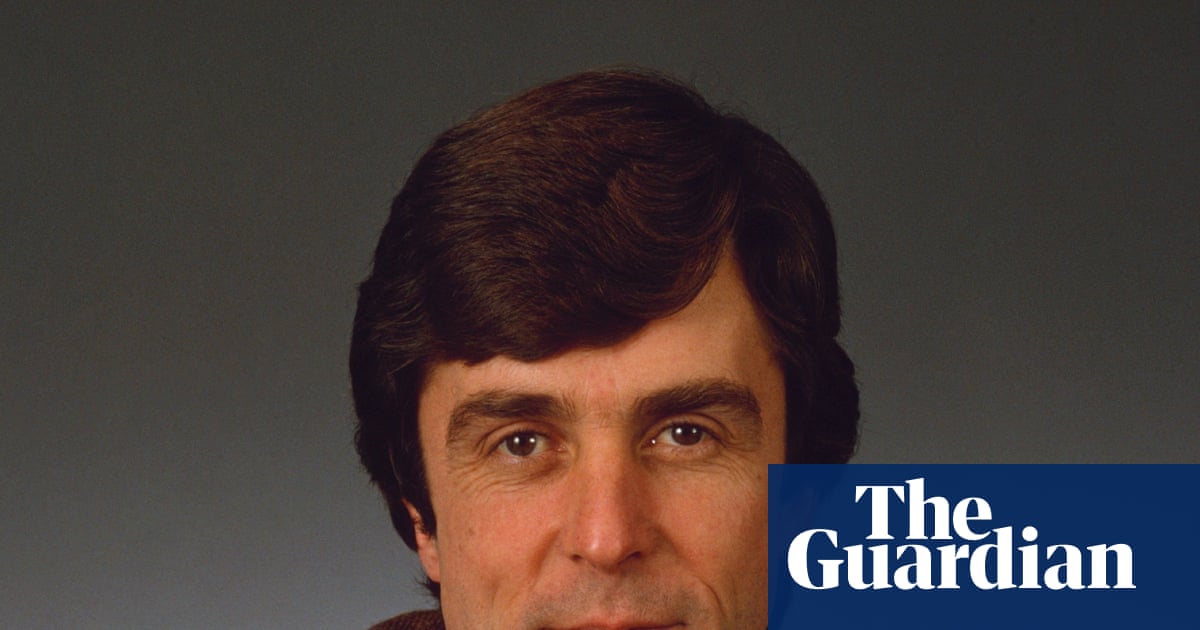Presidential visits, like investment summits, involve a blizzard of claims about companies set to spend squillions in the UK. Some “commitments” are merely extrapolations of current trends. Some can be filed under “believe it when you see it”. Some involve throwing everything into the mix and producing an implausibly precise number for the “economic value” to the UK. A few pledges are genuinely new, but scepticism should be the default setting.
How to view this week’s “landmark commitments” by UK and US firms to build new nuclear power plants in the UK? Actually, this may be one of those rare occasions when one shouldn’t be too cynical.
The announcement deserves attention because it was aimed at one of the biggest impediments to the “new golden age” of nuclear energy: the sheer time it takes to get new projects off the ground.
Under the US-UK agreement, each country would recognise the other’s regulatory and safety regime, which should cut duplication in the assessment phase. The idea is that the time taken for a project to get a licence would fall to two years, rather than the current three- or four-year wait.
There was also an intriguing deal, albeit an early stage one. Centrica, the FTSE 100 company which has a slug of the UK’s current nuclear fleet and has bought into Sizewell C in Suffolk, has formed a development agreement with X-Energy of the US to build up to 12 advanced modular reactors (AMRs) in Hartlepool. The aim is to be buzzing by the mid-2030s, which would count as rapid by nuclear’s normal standards.
The other significance is that it’s the first time the UK is talking about building AMRs, which are smaller (80-megawatts per reactor in this case) than actual small modular reactors (three of which are on order from Rolls-Royce at 470 megawatts a pop).
By way of comparison, giants like Sizewell C and Hinkley Point C consist of two units per project, adding up to 3,200 megawatts. If there is to be serious expansion of nuclear power in the UK, it will probably have to involve the full range of sizes, not just the mega-beasts. In this case, the government was also able to announce plans for a privately funded off-grid “micro” nuclear plant (which will be smaller still) to serve London Gateway port on the Thames estuary.
The enormous qualification, of course, is that economics of smaller-scale reactors are not proven. Nobody has actually built an SMR anywhere and grand claims about the advantages of batch-production in factories are yet to be demonstrated, even if Rolls-Royce sounds confident. All we know to date is that the mega-plants are fantastically expensive.
Sizewell C, even though it is a replica of Hinkley Point C and so has its design nailed-down, is still scheduled to come in at £38bn. And since customers will start paying before it is built, Sizewell C will add more than £200,000 a year to the bills of large corporate energy users (think water utilities, transport operators and retail chains) that do not qualify for exemptions, according to the calculations of the research group Cornwall Insight.
after newsletter promotion
Thus costs must fall across the spectrum if nuclear is to make serious headway. Thinktank Britain Remade calculates that France and Finland are delivering the same design as Hinkley and Sizewell for about half the price; South Korea builds at around one‑sixth of the cost.
It has a long list of ideas of how to get costs down, some of which even have a chance of being adopted if the interim report last month from the government’s nuclear taskforce is a guide. It railed against out-of-date regulations and planning frameworks and “risk-averse cultures that prioritise bureaucracy over proportionate safety measures”.
It still takes some believing that rhetoric will be matched by hard action in the face of resistance from community groups and inevitable rows over where new nuclear plants would be located once current sites are used up. But, equally, it is hard to deny the backdrop for new nuclear has improved.
There is, first, a recognition that a low-carbon grid can’t run on intermittent wind and solar and batteries alone; second, that the cost of renewables has risen anyway; third, that if you’re going to minimise gas-fired generation, nuclear is the only option for always-on, low-carbon power. The question of costs still towers over everything – but it is (just about) possible that we will look back on 2025 as a significant moment.

 3 months ago
89
3 months ago
89

